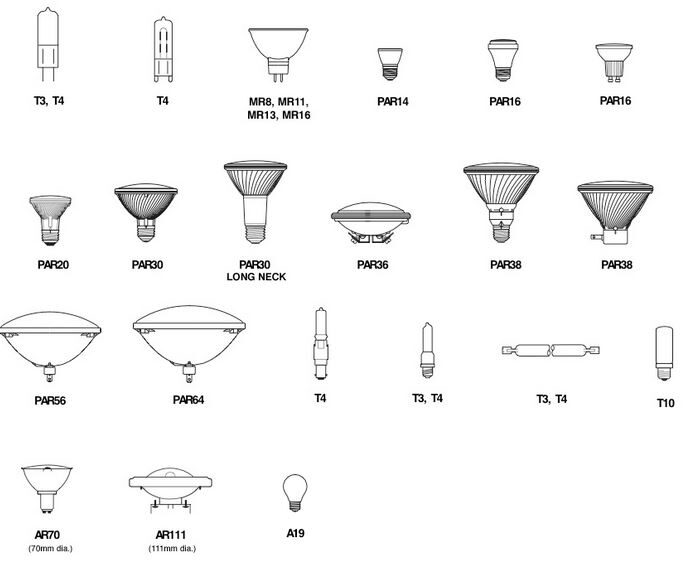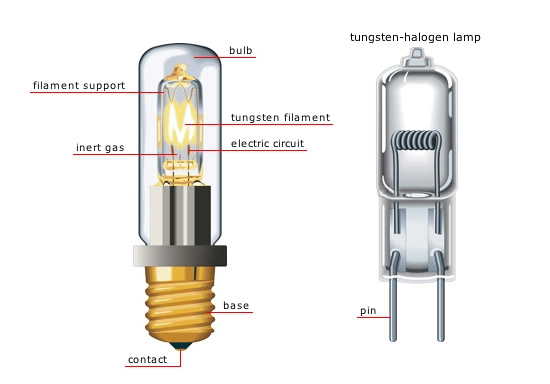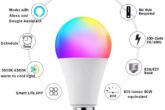
Last updated on September 3rd, 2024 at 06:54 pm
The first halogen bulbs were introduced in 1959. Since their invention, these bulbs play a significant role in the lighting industry. It was General Electric that patented the commercially available halogen lamps.
The General Electric halogen bulbs has iodine gas.
Apart from the name halogen bulbs or lamps, they are also referred to as:
- Tungsten halogen lamp
- Quartz iodine lamp
- Quartz halogen lamp
Ideally, their design consist of inert gas, tungsten filament, and transparent envelope.
Halogen Floodlights
This type of halogen light bulb comes in two types – heavy glass and soft glass.
In most cases, you will find these glasses with a label “PAR”. Due to their designs, halogen lamps are suitable for both outdoor and indoor applications.
Of course, there are those with soft glasses, making the bulb perfect only for indoor use.
J Type Halogen Bulbs
This type of halogen light bulb is common in security lighting and usually is double-ended. Usually, the standard J-type bulb is recessed with a single contact, usually 3/8 inch.
JC Type Halogen Bulbs
The bulb is in a capsule shape with two pins at the base. They are available for accent lighting in certain areas such as under counters or desk lamps.
JCD Type Halogen Bulbs
These bulbs are also used in areas like desk lamps, pendant lighting, and under counter lighting. Additionally, these bulbs have two pins on its end and voltage ranging from 120 – 130 volts.
JDD Type Halogen Bulbs
Their application is mainly in the food service industry, and their base size is standard.
JDR Types Of Halogen Light Bulbs
The bulbs come in clear/frosted glass finishes and are commonly used in range hoods.
Choosing Types Of Halogen Light Bulbs

As you plan to choose the type of halogen bulb for your applications, you should consider the following:
- Size of halogen light bulb
- Where you intend to install the type of halogen bulb
- Halogen bulb wattage
- Halogen bulb lumen and color temperature
- Halogen bulb base type – common base types include GY6.35, GU5.3, G4, GY8, G9, RSC, GU10 and GU4
- Halogen bulb shape and design
Advantages Of Halogen Light Bulbs
It is worth noting that each type of halogen light bulb has advantages and disadvantages. With that in mind, let me focus on the general benefits of halogen light bulbs:
- Quality lighting system
- Small and lightweight
- Unlike CFL bulbs, halogen bulbs are mercury-free
- They have a longer lifespan when you compare halogen bulbs to incandescent bulbs. Usually, their lifespan is about 2,000 hours to 4,000 hours.
Apart from these benefits, some of the disadvantages of halogen bulb types are:
- Extremely hot/emit a lot of heat
- It May require shielding in case they shatter
- Short lifespan when you compare them to LED lights
- Don’t touch the bulb with a bare hand – bulbs are sensitive to oil from the fingers. Usually, once the bulb heats, it will shorten the lifespan of the bulb
Related Resources:

